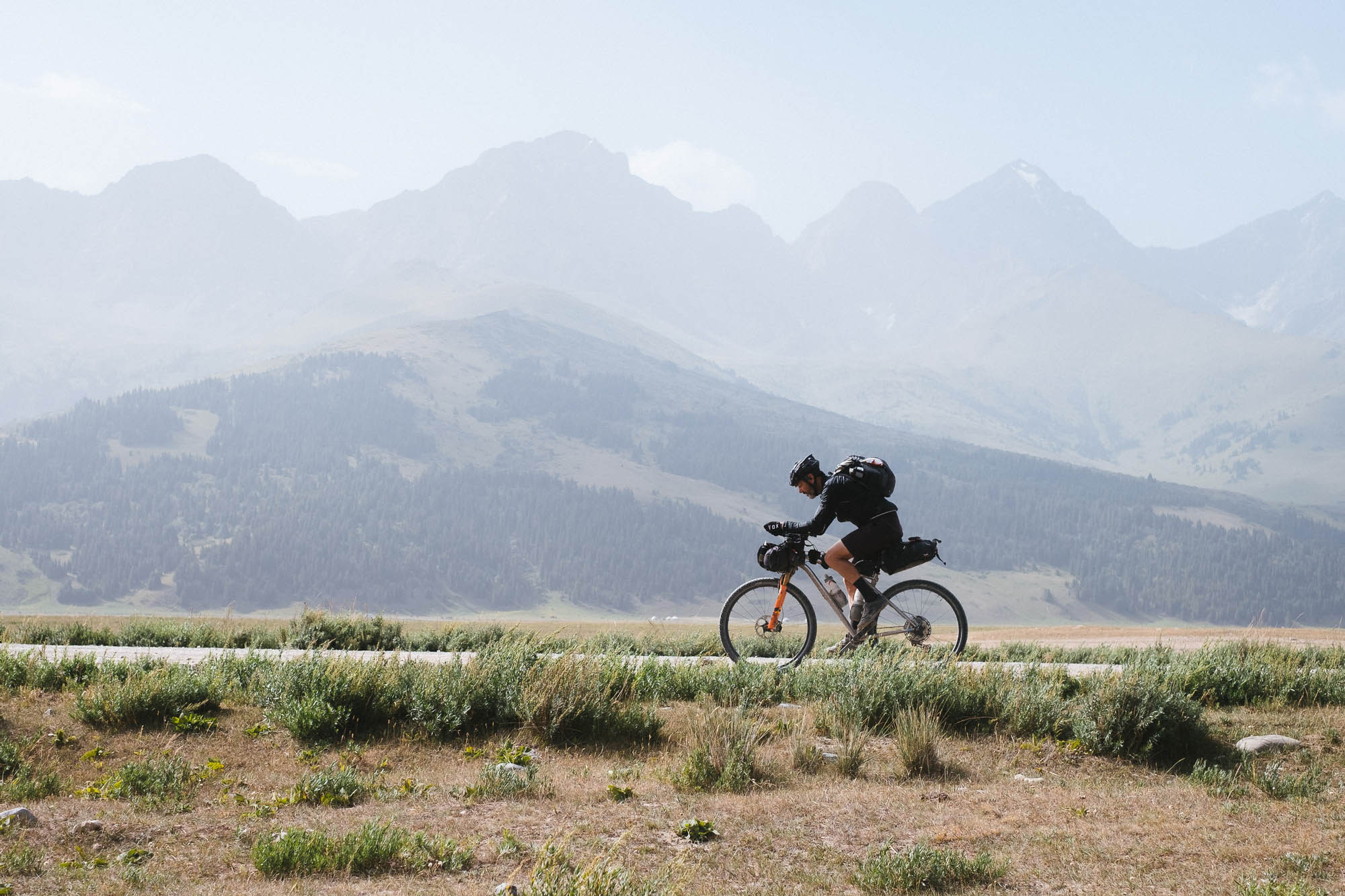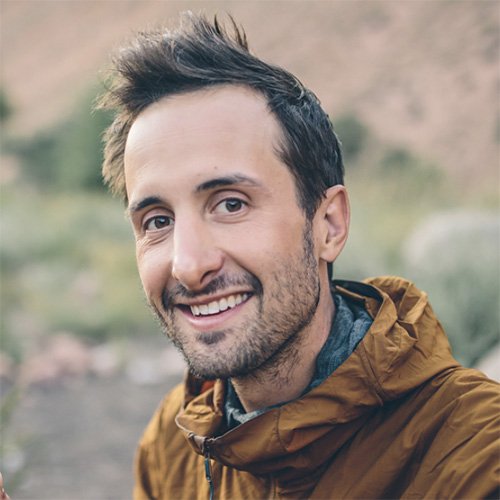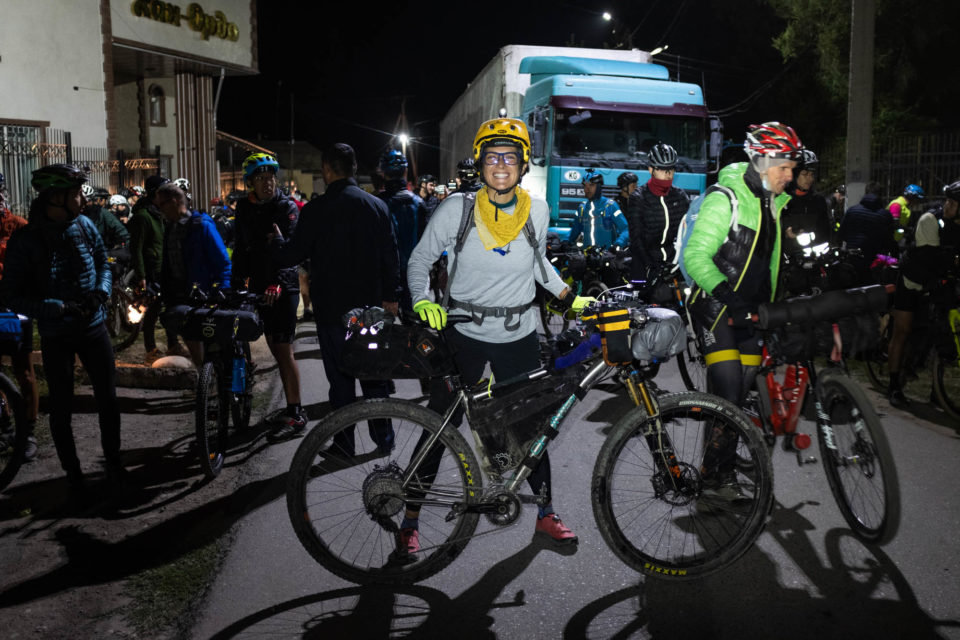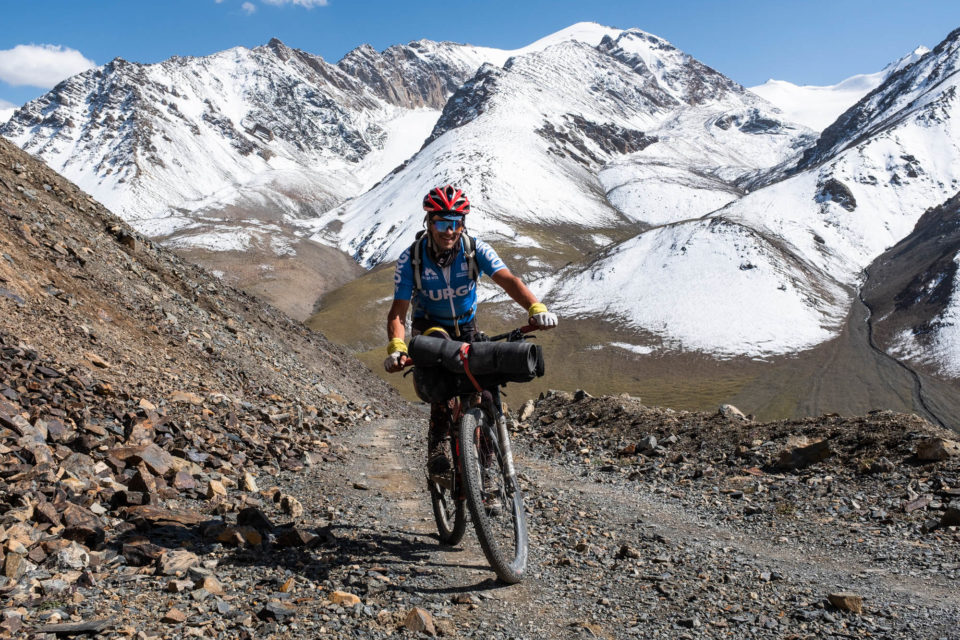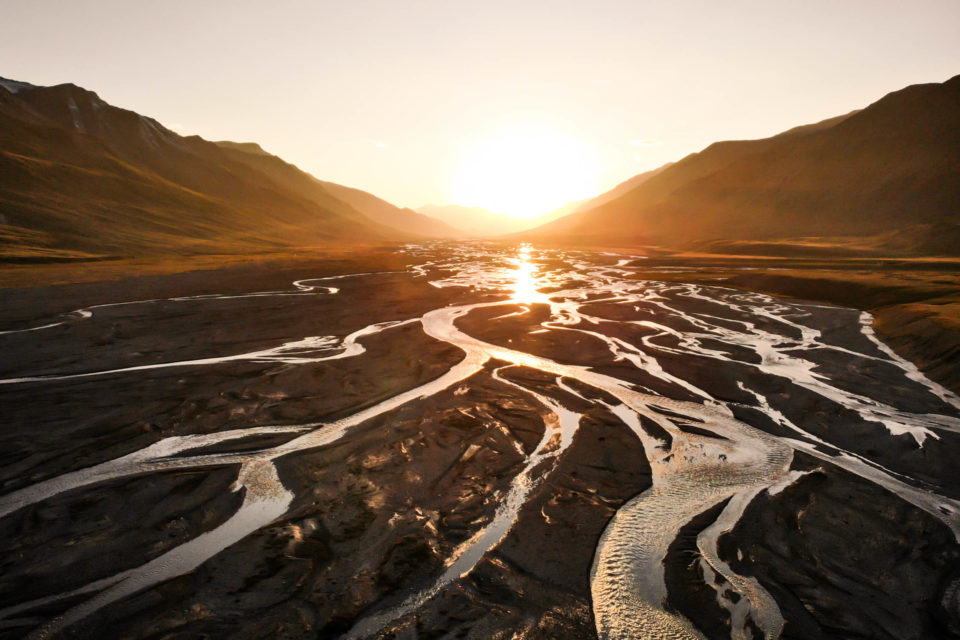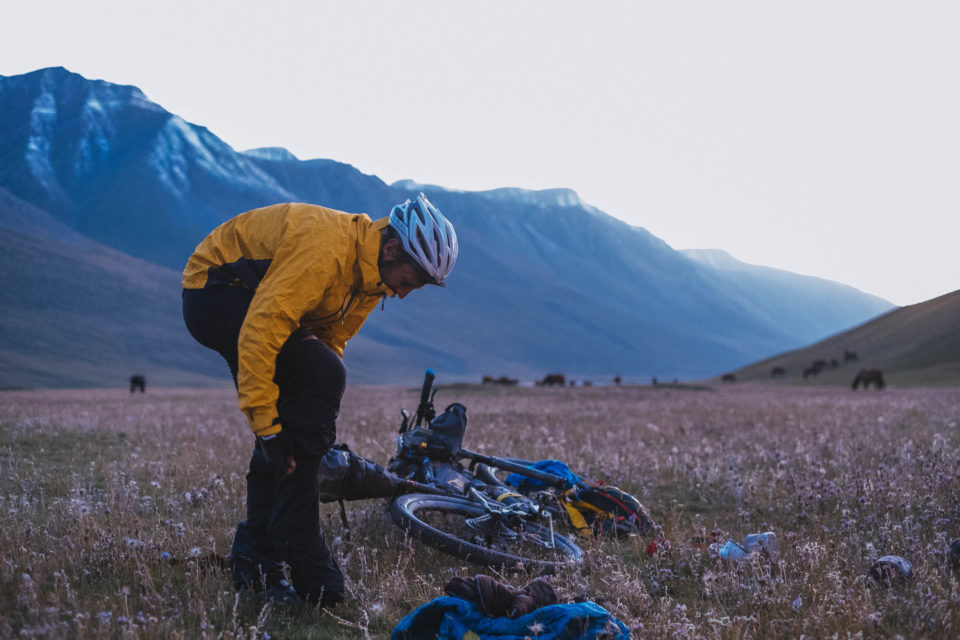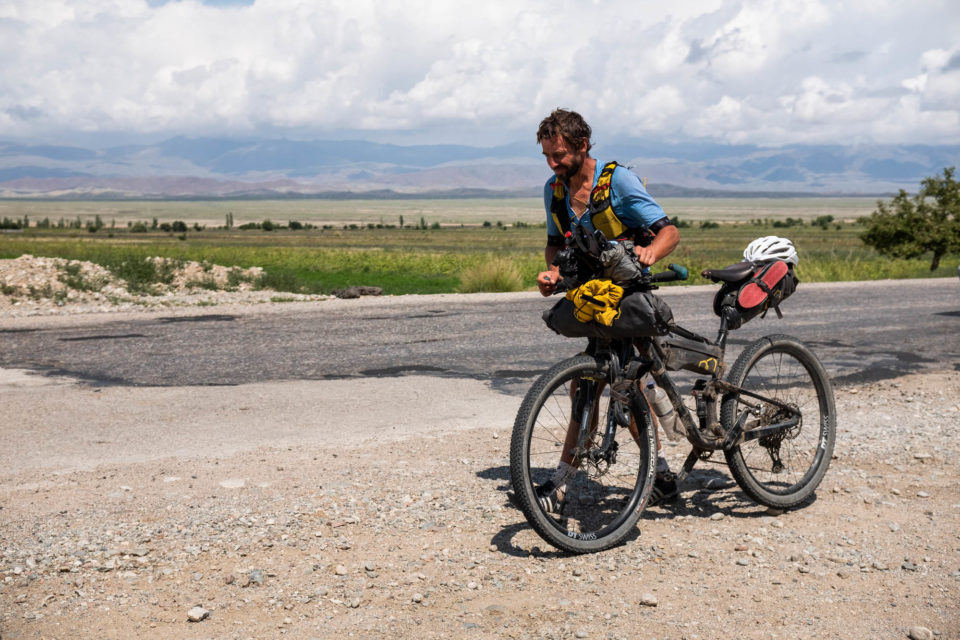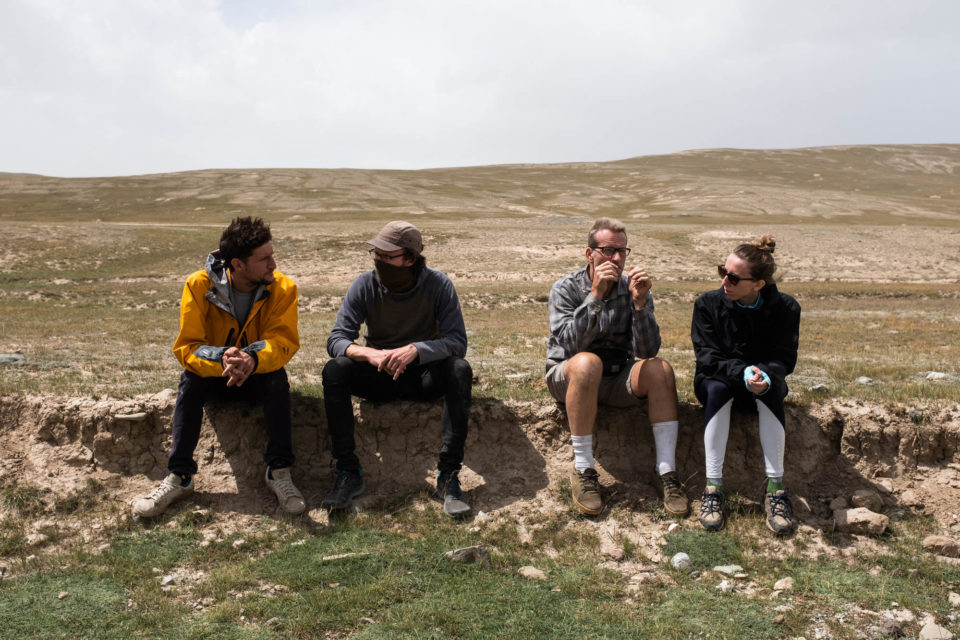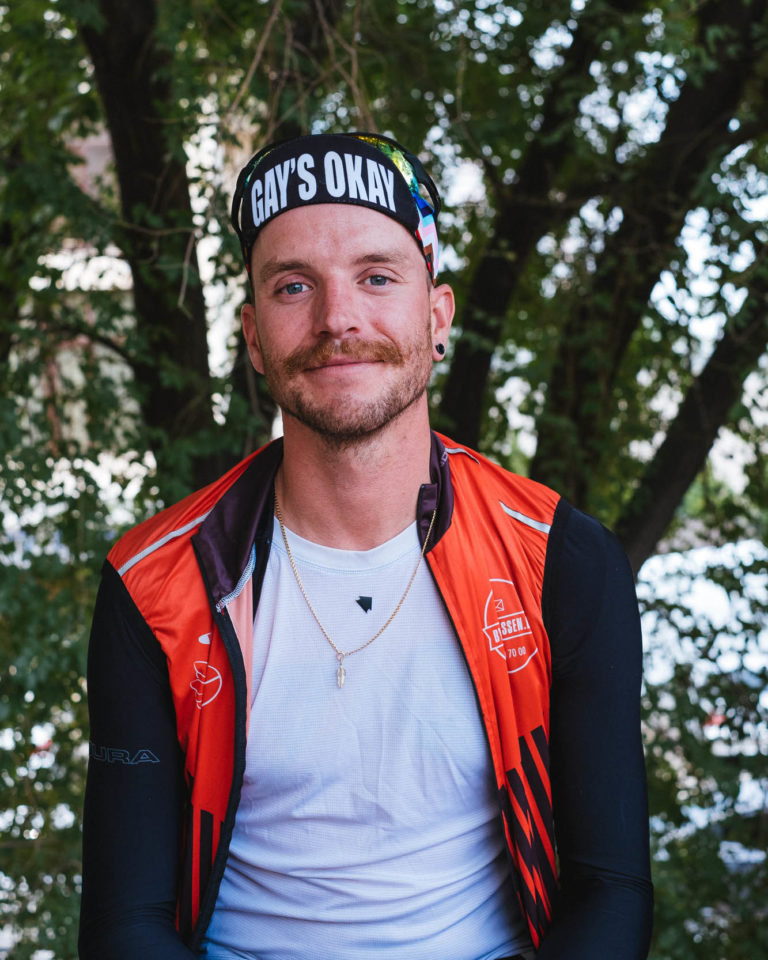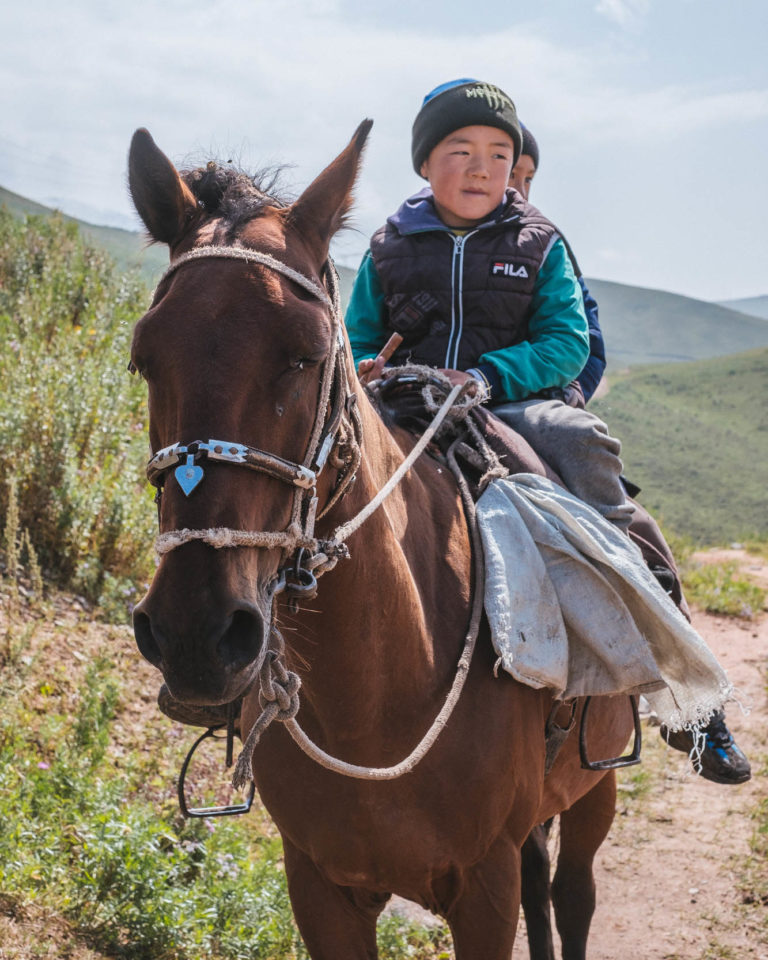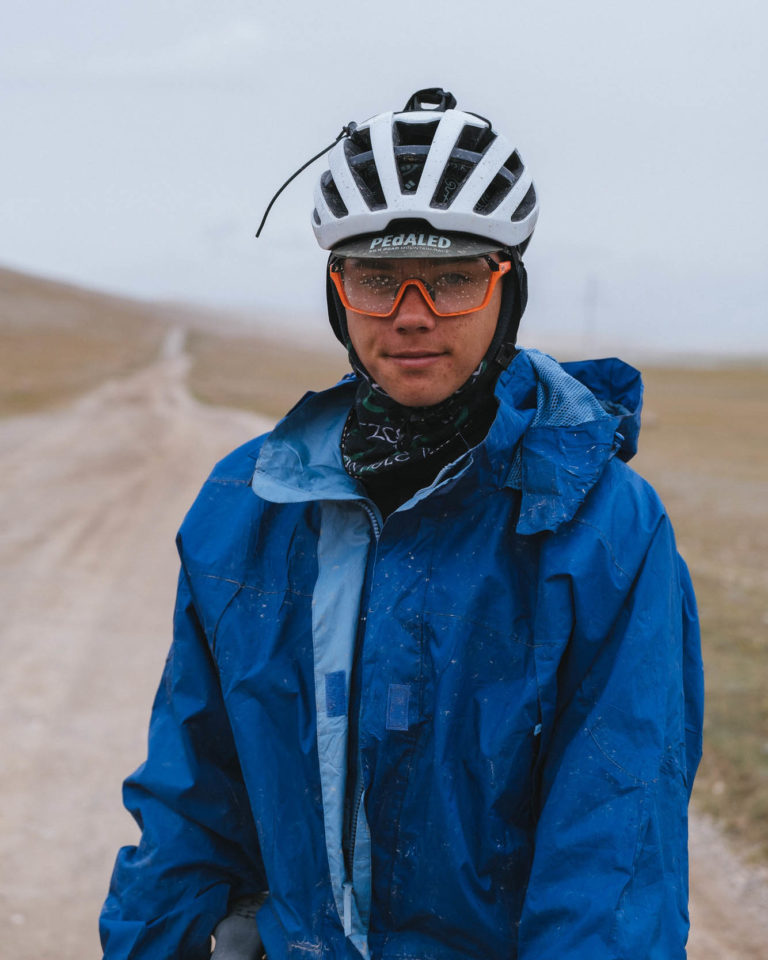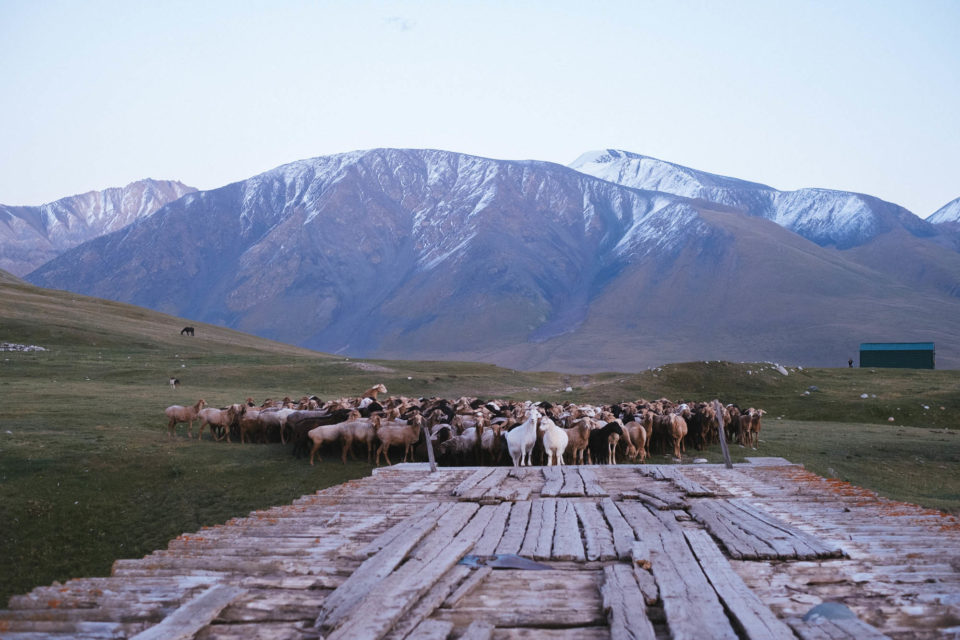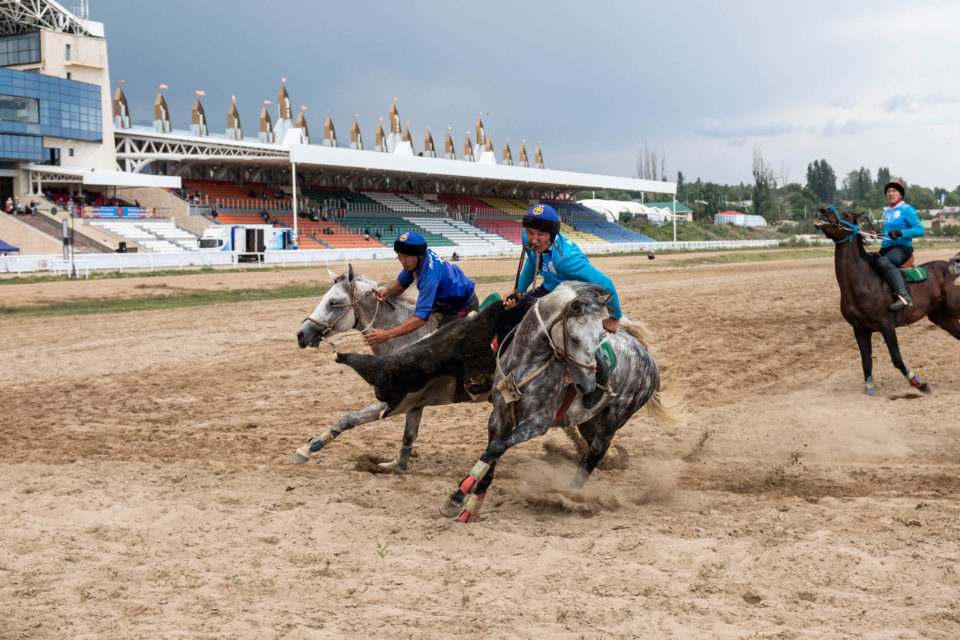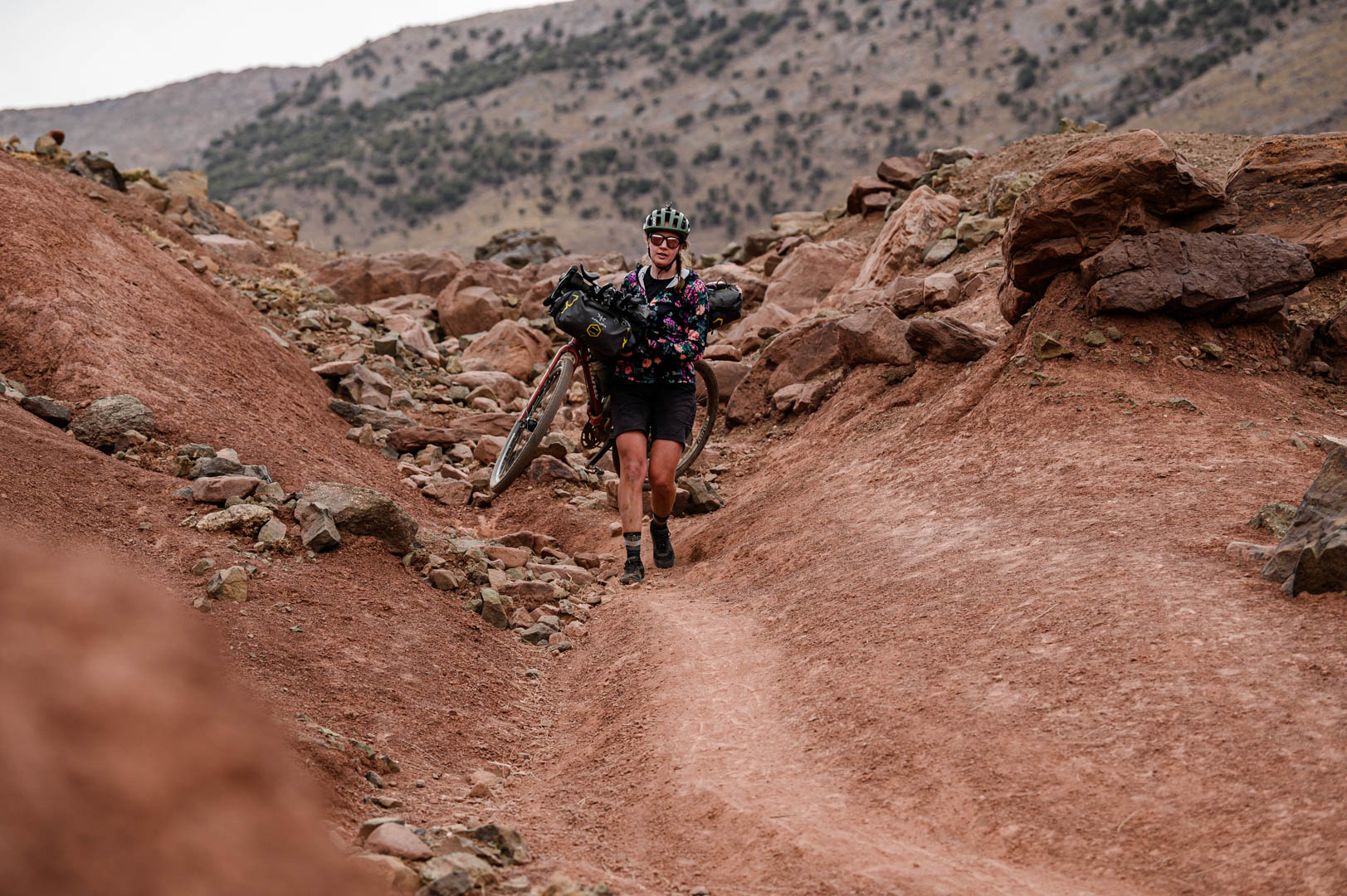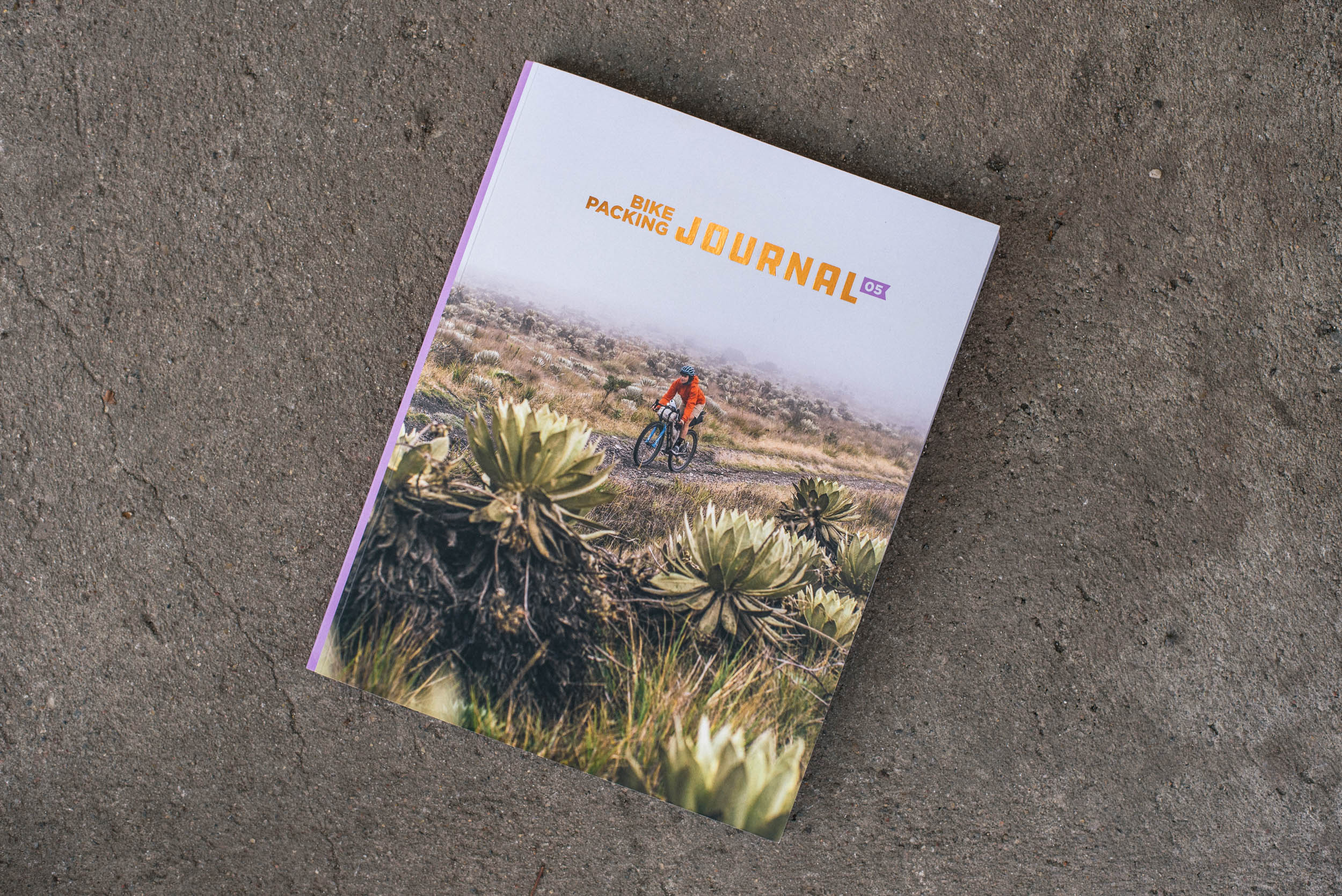How to Bikepack the Silk Road Mountain Race (Film)
Share This
Filmed in Kyrgyzstan last summer, “How to Bikepack the Silk Road Mountain Race” is a fantastic new 30-minute film that offers a refreshing perspective on one of the most challenging ultra-endurance bikepacking events in the world. Watch the film and read our interview with director Brady Lawrence here…
Photos by Brady Lawrence, Chris McClean, Danil Usmanov, and Yam G-Jun
By now, with its fourth edition just a couple of days away, much has been published about the Silk Road Mountain Race in Kyrgyzstan. And it comes as no surprise; the Tian Shan Mountains are nearly unparalleled in their beauty, and the event reliably serves up dramatic stories worth capturing on film. When our friend Brady Lawrence, a two-time contributor to The Bikepacking Journal, was asked to document the 2021 edition of the event, he had a unique approach to doing so in mind. His new film, How to Bikepack the Silk Road Mountain Race, seamlessly interweaves compelling tales and characters from the event with step-by-step advice on how to make it through the grueling 1,895-kilometer route.
We encourage you to set aside some time to check out this latest release, whether you have an interest in ultra-distance bikepacking yourself or just enjoy a well-told story. You can watch the 30-minute film in its entirety below, followed by a short interview with Brady and a bunch of photos from the event.
You’re no stranger to working in extreme environments. What unique challenges did the Silk Road Mountain Race throw at you?
Anyone who has competed in the Silk Road Mountain Race will tell you this, but one of the biggest challenges with both filming and racing in Kyrgyzstan is getting sick. A lot of folks who come from out of town get the runs at some point, and it definitely made filming difficult at times. Without going into too much detail, I had a solid week of things not being solid.
The other serious challenge was car trouble. I think in the end we got five flat tires. Each time we got a flat we’d have to put on the spare, drive all the way to the nearest town to fix the flat, and swap the spare before driving out into the mountains again. Each time it happened, it took us at least a couple of hours. We even had to replace part of the suspension on one car.

On the other hand, what’s one memorable highlight from your experience there?
Going to the yurt camp in the Chinese borderland was an obvious highlight. You’re in this super remote area at 11,000 feet completely surrounded by massive snow-capped mountains and the only settlement in the valley is a few yurts. At that point in the race, riders are also starting to fall apart a little bit, so it ended up being a great place to post up and film. It’s also the same valley where the infamous Soviet road hike-a-bike is, which is one of my favorite bits of the film.
Did you go into the event hoping to capture the “how to” format for the film, or did the story reveal itself later?
The “how to” format was planned from the start. The original SRMR film, Wild Horses, did a great job of following the winners of the race, so I didn’t want to repeat that. I wanted to make a film that was more thematic and less chronological. I went into the race with a series of categories like “hike-a-bike” and “fuel up,” but they changed a great deal once I started actually sifting through the footage. Figuring out how all the themes would flow together is the hardest editing job I’ve ever given myself.
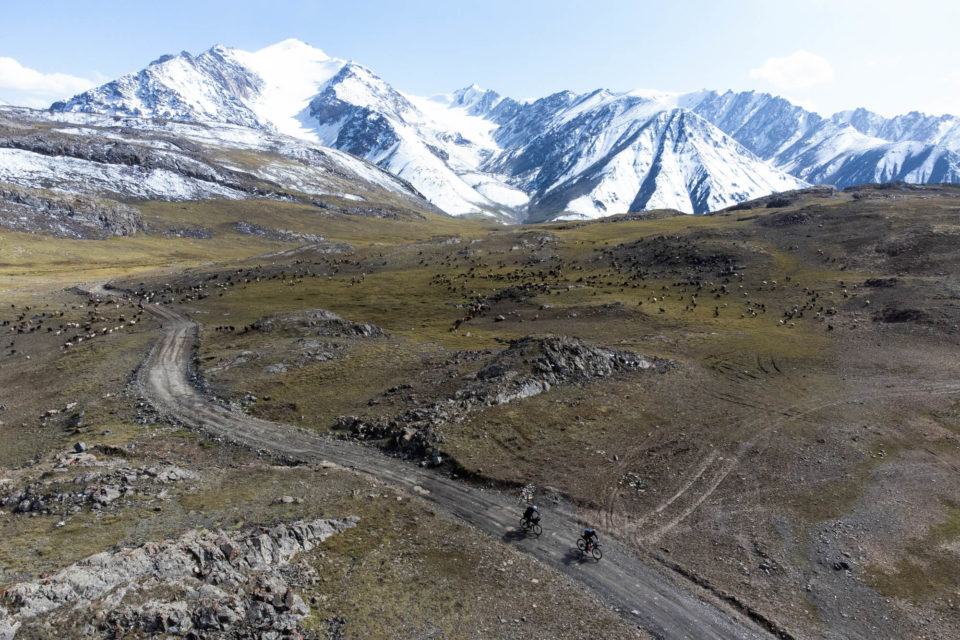
As a documentarian, what’s it like to watch riders struggle with various issues such as mechanicals, hunger, and navigation and not be able to help them?
The hardest part is the navigation. Watching a rider go off-route in the wrong direction and just letting them do it feels so counterintuitive. It would be so easy to just call out and help, but as part of the race organization, we really try to stay out of the mix.
As for mechanicals and hunger, everyone that competes in the Silk Road Mountain Race is so tough and so self-sufficient that for the most part it’s easy to drop in and watch them fix their bike or have a cry on the side of the road and not feel especially conflicted about it. That said, there are certainly times where I turn the camera off if a rider asks. When you’re having a truly awful time, it makes sense that you wouldn’t want a camera pointed in your face.
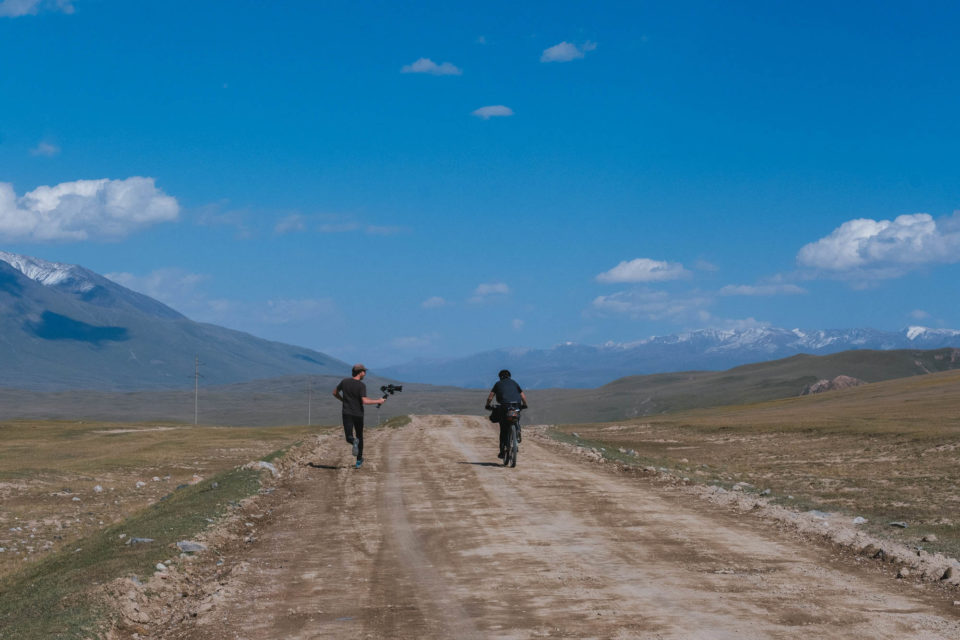
Zooming out a little, now that you’ve created several of these films over the years, can you offer any insight on how actually being an adventure filmmaker differs from what you expected it’d be like when you were just getting started?
What a question! I have two answers. First, it takes a ton of time and patience to pull these films together. From pre-production logistics, to the shoot itself (which might only be a few days) to all of the post-production, it can take years to put a full film together. All in all, this film took nearly a year and a half to produce. I hear stories now about docs that end up taking a decade or so, but when I first started out creating shorter videos that were shot and turned out within a week, I couldn’t imagine what that process looked like. Now, the concept of taking months off from a film to search for new sponsors, wait for feedback, etc., feels pretty normal.
Second, with bikepacking races in particular, I think folks might be surprised how much time I just spend sitting in cars, sleeping in cars, and fixing cars. While I do prefer to haul gear out on a bike myself, or hike with a pack, a lot of the time I’m looking at maps with the producers trying to figure out which rider to try and catch up with and whether it’s even possible. A shoot day might be 18 hours long, but you only end up filming for a tiny fraction of that. It definitely makes the stunning moments where you’re on top of a mountain actually filming as the sun goes down feel really special.
How about a piece of advice for folks who are just beginning to document their own rides through photos and video and have aspirations of sharing them with an audience?
Let the story come to you, but have an idea for recurring visual motifs at the start of your trip. You don’t want to get caught up chasing a story that never manifests, but it’s so satisfying getting to the end of a trip with a series of photos or videos that share a specific visual style. Whether that’s something as simple as taking portraits of you and your friends at the beginning, middle and end of the trip or just noticing along the way that there are a ton of signs loaded with bullet holes and capturing all of those. Searching out those recurring motifs can help anchor your story and create a through-line. And if you’re going into the mountains, always bring a wide angle lens. If you’re shooting video, run a shotgun mic if you can, and always try to get good sound in the moment.

Because I have to ask, what kind of camera gear did you use this time around?
Of course! This time, I filmed everything on a Canon C70. I mostly used the 24-104mm f/4 workhorse lens, but I brought an 18-35mm f/2.8 and a 70-200mm f/2.8 as well. A lot of it was shot on a Ronin-S gimbal which is small, lightweight, and ideal for carrying around in the mountains.
Finally, any recent or upcoming projects you can share something about, bike-related or otherwise?
I’m currently working on a doc about two-time Olympian Lea Davison’s experience with coming out as a professional cyclist. It’s couched within footage shot at Unbound Gravel and tells a bit of a split storyline between the race and her life experience as a gay athlete. I’m excited for that one to be released soon!
Related Content
Make sure to dig into these related articles for more info...
Please keep the conversation civil, constructive, and inclusive, or your comment will be removed.






